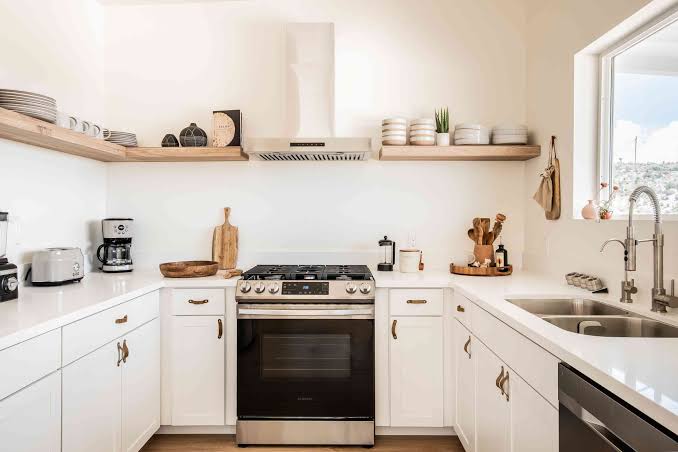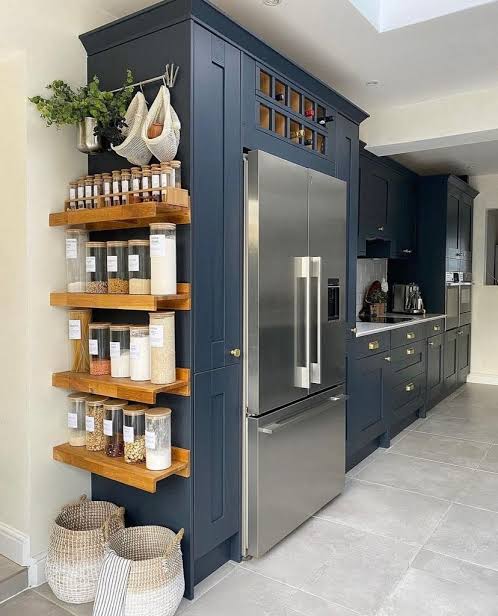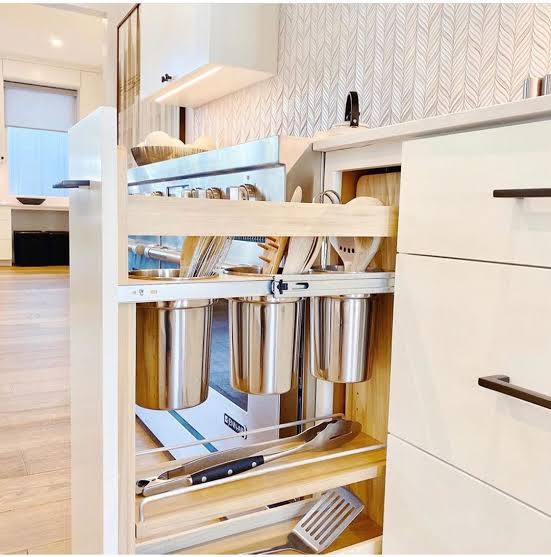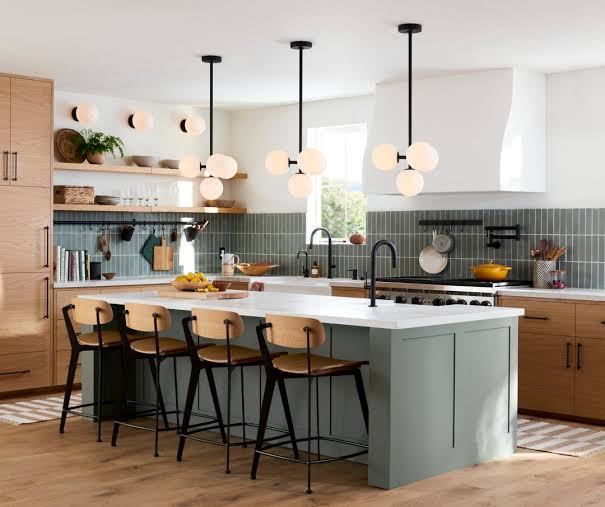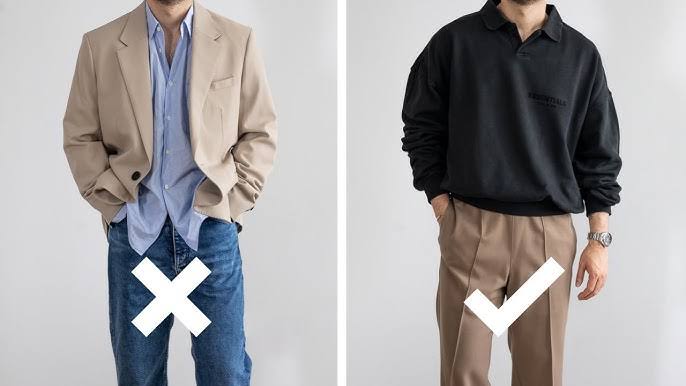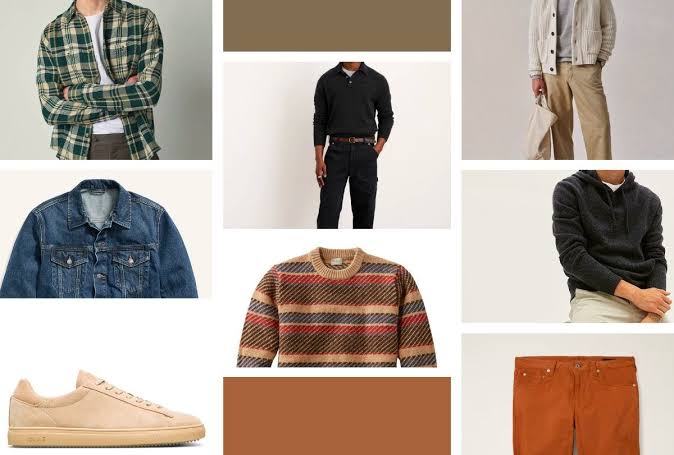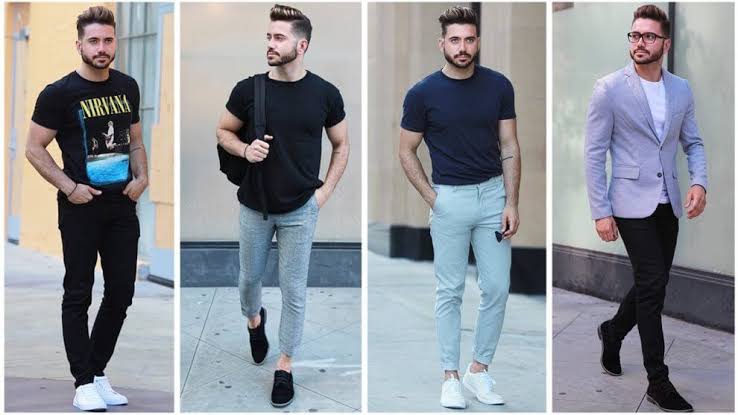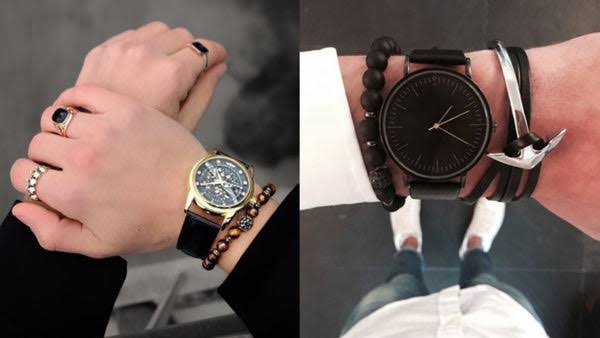The world of geek fashion has evolved, transforming from a niche market into a mainstream phenomenon where fans proudly display their favorite fandoms through attire. Whether you’re into geek t-shirts, nerd shirts, or want to celebrate the holidays with some Star Wars Christmas pajamas, there’s something for everyone. Let’s dive into these exciting wardrobe options and explore what makes them so popular, starting with some must-have items.

Geek T-Shirts: A Statement of Passion
When it comes to showing off your fandom, nothing says it louder than a well-designed geek t-shirt. These shirts blend pop culture references with creativity, letting you flaunt your love for your favorite movies, games, or TV shows. Whether you’re attending a comic con or just running errands, geek t-shirts help you express yourself. The best part? They cater to every interest, from classic retro games to the latest in sci-fi and fantasy.
Nerd Shirts: Wear Your Intelligence Proudly
For those who lean more into the intellectual or tech-savvy side of geek culture, nerd shirts are a perfect fit. These shirts celebrate everything from mathematical humor to references to beloved tech companies, coding languages, or sci-fi classics. What sets nerd shirts apart is their witty designs, often incorporating clever jokes or puns that only fellow nerds would understand. It’s fashion with a purpose — you’re broadcasting your smarts while staying comfortable and stylish.
Geek Shirts: A Fusion of Fandoms
If you want versatility, then geek shirts offer the perfect blend of fandom and everyday wear. These shirts often merge different elements of pop culture, bringing together fans of comics, anime, science fiction, and gaming under one stylish roof. Geek shirts can range from minimalist designs that give a subtle nod to your favorite series, to bold, graphic-heavy designs that command attention.

Nerd T-Shirts: For the Quirky and Bold
There’s something undeniably charming about a good nerd t-shirt. These shirts tap into the fun and quirky side of geek culture, often featuring iconic symbols like glasses, robots, or witty science references. Whether you’re a tech lover, a comic book enthusiast, or just someone who loves a good pun, nerd t-shirts are a fun and versatile way to showcase your interests.
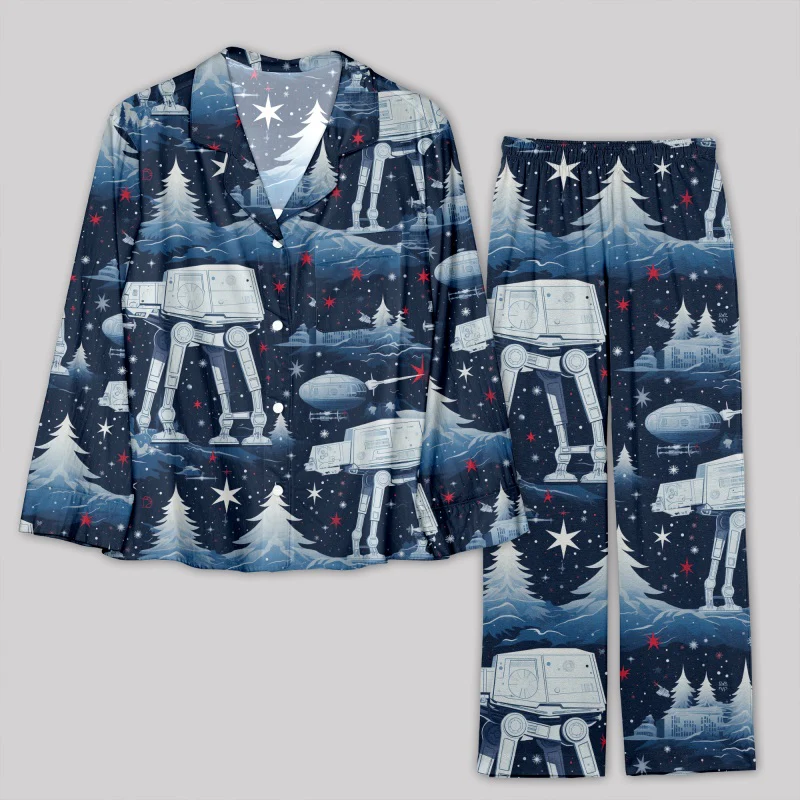
Christmas Star Wars Pajamas Set
Star Wars Christmas Pajamas: Celebrate the Season in Galactic Style
As the holiday season approaches, what better way to merge your love for Star Wars with the festive spirit than by donning a pair of Star Wars Christmas pajamas? These pajamas allow you to embrace both your geek side and the magic of the holiday season. Featuring beloved characters like Yoda, Darth Vader, and the iconic Star Wars logo adorned with Christmas lights or snowflakes, these cozy PJs are perfect for lounging around the house or hosting a themed holiday movie marathon. Who says you can’t deck the halls with lightsabers?
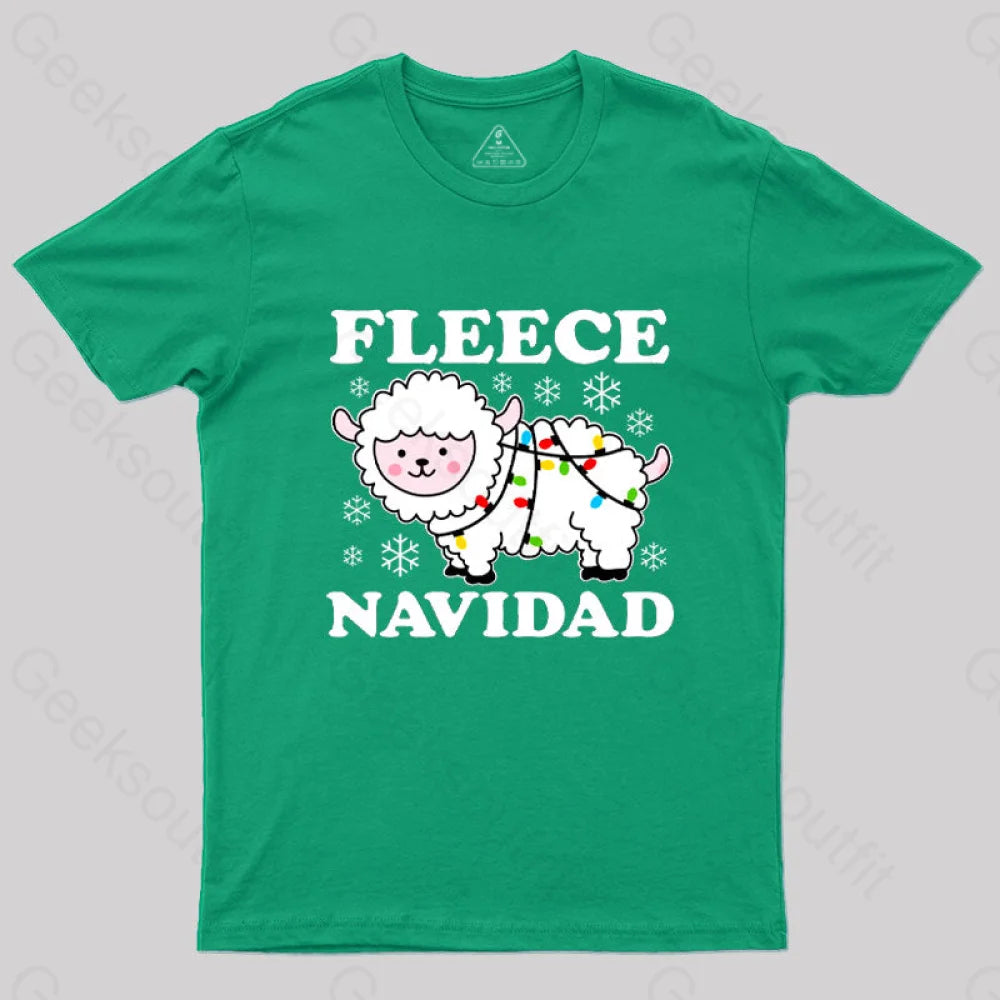
Conclusion: Elevate Your Wardrobe with Geeky Goodness
Whether you’re searching for the perfect geek t-shirt to wear to the next comic convention or want to stay cozy this winter in Star Wars Christmas pajamas, there’s something for everyone in the world of geek fashion. From quirky nerd shirts to versatile geek shirts, wearing your fandom on your sleeve has never been easier. With so many options to choose from, you’ll always find something that speaks to your unique tastes and passions.
Visit Geeks Outfit to discover a wide range of geek and nerd apparel and find the perfect item to celebrate your fandom.



